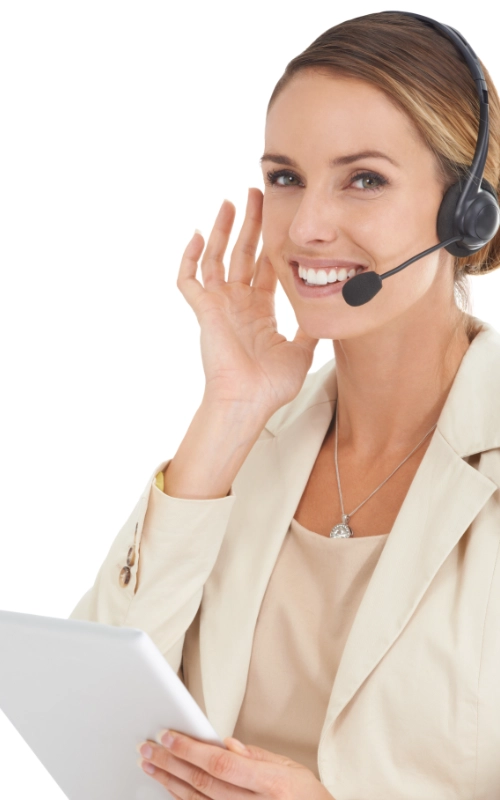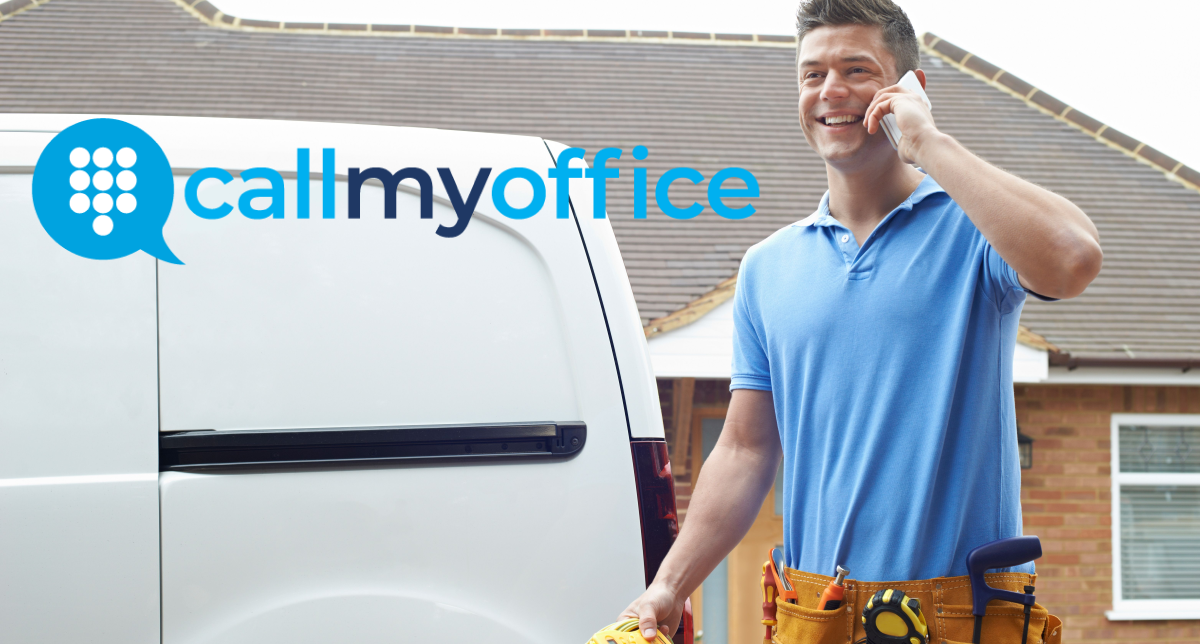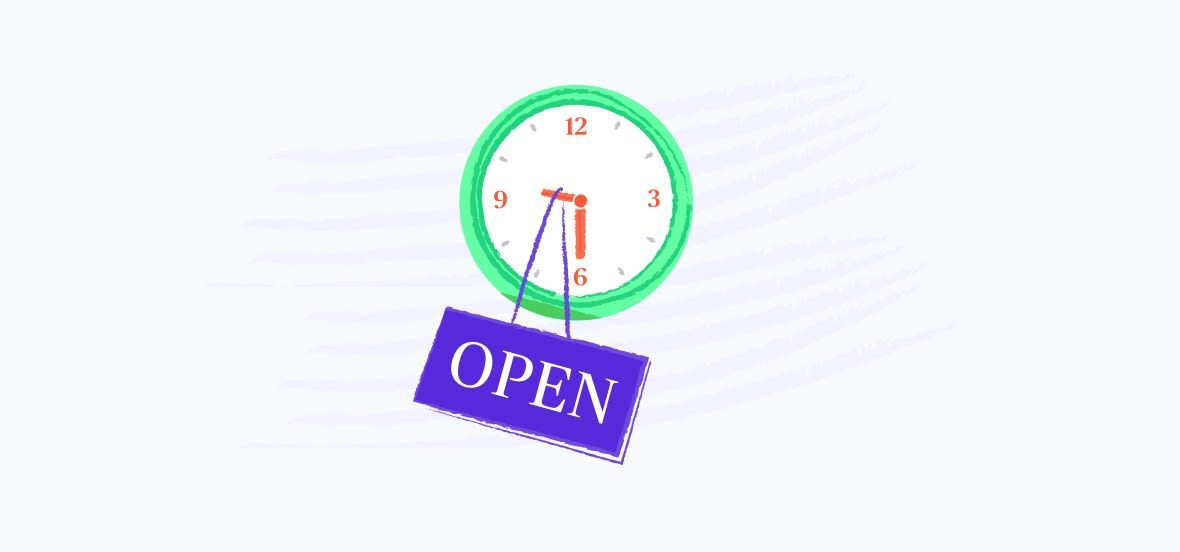All Categories
Featured
Table of Contents
- – How To Buy The Best Business Answering Services...
- – Best Telephone Answering Service: What It Is A...
- – Best What Is An Answering Service? The Ultimat...
- – What Is The Best What Is An Answering Service...
- – Which Is The Best Your Virtual Receptionist: ...
- – What Is The Best How Outsourced Phone Answer...
How To Buy The Best Business Answering Services - Virtual Receptionists
This device and its successors were created by Sava Jacobson, an electrical engineer with a personal consulting service. While early answering makers utilized magnetic tape technology, many contemporary devices utilizes strong state memory storage; some gadgets utilize a mix of both, with a solid-state circuit for the outbound message and a cassette for the incoming messages.
"toll conserving" listed below) (business call answering service). This is beneficial if the owner is screening calls and does not wish to speak to all callers. In any case after going, the calling celebration ought to be informed about the call having been addressed (for the most part this starts the charging), either by some remark of the operator, or by some greeting message of the TAD, or resolved to non-human callers (e.
This holds specifically for the Little bits with digitally kept welcoming messages or for earlier devices (before the rise of microcassettes) with a special limitless loop tape, different from a second cassette, dedicated to recording. There have actually been answer-only devices without any recording capabilities, where the welcoming message needed to inform callers of a state of current unattainability, or e (phone answering).
Best Telephone Answering Service: What It Is And Why It Isn't Enough Money Can Buy

about availability hours. In tape-recording TADs the welcoming generally includes an invitation to leave a message "after the beep". A voice mail that uses a microcassette to record messages On a dual-cassette answerphone, there is an outbound cassette, which after the defined variety of rings plays a pre-recorded message to the caller.

Single-cassette answering devices include the outbound message at the beginning of the tape and inbound messages on the staying area. They first play the statement, then fast-forward to the next readily available space for recording, then tape the caller's message. If there are many previous messages, fast-forwarding through them can cause a considerable delay.
This beep is typically referred to in the greeting message, requesting that the caller leave a message "after the beep". Little bits with digital storage for the recorded messages do disappoint this hold-up, naturally. A little might offer a remote control facility, where the answerphone owner can ring the house number and, by entering a code on the remote telephone's keypad, can listen to recorded messages, or erase them, even when away from home.
Best What Is An Answering Service? The Ultimate Guide - Cms Money Can Buy

Thus the machine increases the number of rings after which it answers the call (generally by 2, resulting in four rings), if no unread messages are presently stored, but answers after the set number of rings (typically 2) if there are unread messages. This allows the owner to discover whether there are messages waiting; if there are none, the owner can hang up the phone on the, e.
Some machines also enable themselves to be from another location activated, if they have been turned off, by calling and letting the phone ring a specific big number of times (typically 10-15). Some provider desert calls already after a smaller variety of rings, making remote activation difficult. In the early days of TADs a special transmitter for DTMF tones (dual-tone multi-frequency signalling) was regionally needed for remote control, considering that the previously utilized pulse dialling is not apt to communicate proper signalling along an active connection, and the dual-tone multi-frequency signalling was carried out step-by-step.
Any inbound call is not recognizable with respect to these residential or commercial properties in advance of going "off hook" by the terminal devices. So after going off hook the calls must be switched to suitable gadgets and only the voice-type is instantly accessible to a human, but possibly, nevertheless must be routed to a TAD (e.
What Is The Best What Is An Answering Service? On The Market Right Now
What if I informed you that you do not need to really pick up your device when addressing a consumer call? Another person will. So hassle-free, right? Answering phone calls does not need someone to be on the other end of the line. Efficient automated phone systems can do the trick simply as efficiently as a live representative and sometimes even better.
An automatic answering service or interactive voice response system is a phone system that communicates with callers without a live person on the line - virtual call answering service. When companies use this technology, customers can get the answer to a question about your business just by utilizing interactions set up on a pre-programmed call circulation.
Although live operators upgrade the client service experience, lots of calls do not require human interaction. A simple recorded message or directions on how a customer can recover a piece of information usually resolves a caller's immediate requirement - virtual telephone answering service. Automated answering services are a basic and efficient method to direct incoming calls to the best individual.
Which Is The Best Your Virtual Receptionist: Phone Answering Services Provider
Notification that when you call a company, either for support or item inquiry, the first thing you will hear is a pre-recorded voice greeting and a series of options like press 1 for client service, press 2 for queries, and so on. The pre-recorded alternatives branch off to other options depending upon the client's choice.
The phone tree system assists direct callers to the right person or department using the keypad on a smart phone. In some instances, callers can utilize their voices. It's worth noting that auto-attendant options aren't limited to the ten numbers on a phone's keypad. As soon as the caller has picked their very first choice, you can design a multi-level auto-attendant that uses sub-menus to direct the caller to the best kind of support.
The caller does not need to communicate with a person if the auto-attendant phone system can handle their issue. The automatic service can route callers to a staff member if they reach a "dead end" and need assistance from a live agent. It is expensive to hire an operator or executive assistant.
What Is The Best How Outsourced Phone Answering Service Can Help Your ... For Your Money
Automated answering services, on the other hand, are substantially less expensive and offer considerable cost savings at approximately $200-$420/month. Even if you don't have actually devoted personnel to deal with call routing and management, an automatic answering service improves efficiency by allowing your team to focus on their strengths so they can more effectively spend their time on the phone.
A sales lead routed to customer support is a lost shot. If a consumer who has item questions reaches the incorrect department or receives insufficient answers from well-meaning workers who are less trained to handle a particular kind of question, it can be a cause of aggravation and frustration. An automatic answering system can lessen the number of misrouted calls, consequently helping your staff members make much better usage of their phone time while maximizing time in their calendar for other tasks.
With Automated Answering Systems, you can develop an individualized experience for both your personnel and your callers. Make a recording of your main greeting, and just upgrade it regularly to reflect what is going on in your company. You can produce as numerous departments or menu choices as you desire.
Table of Contents
- – How To Buy The Best Business Answering Services...
- – Best Telephone Answering Service: What It Is A...
- – Best What Is An Answering Service? The Ultimat...
- – What Is The Best What Is An Answering Service...
- – Which Is The Best Your Virtual Receptionist: ...
- – What Is The Best How Outsourced Phone Answer...
Latest Posts
Effective 24/7 Answering Service
Market-Leading Remote Reception Solutions
Top-Rated Remote Reception Service for All Needs
More
Latest Posts
Effective 24/7 Answering Service
Market-Leading Remote Reception Solutions
Top-Rated Remote Reception Service for All Needs